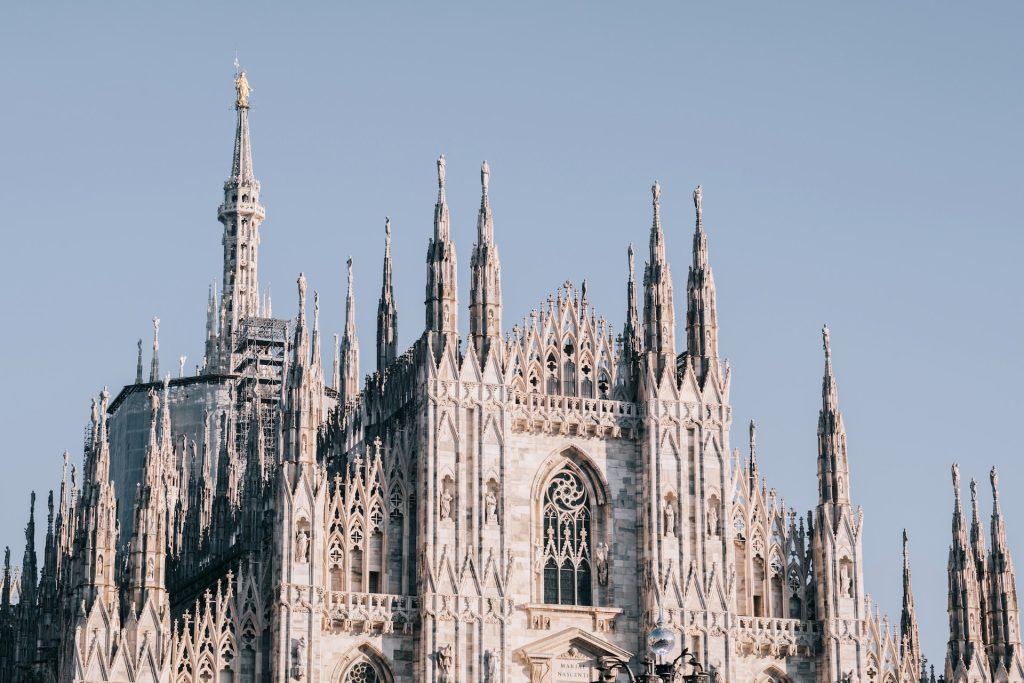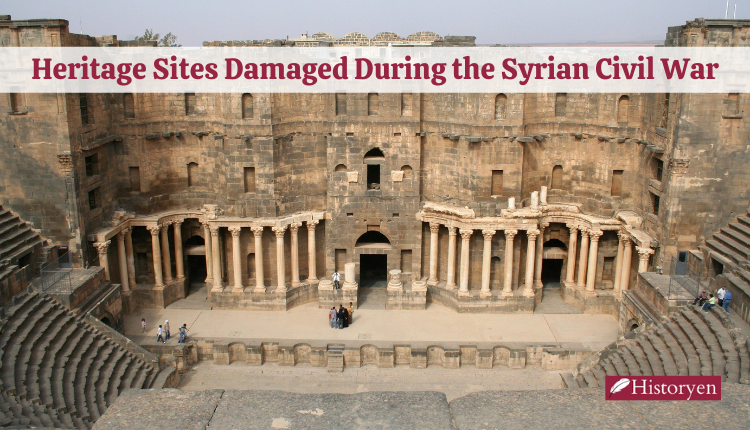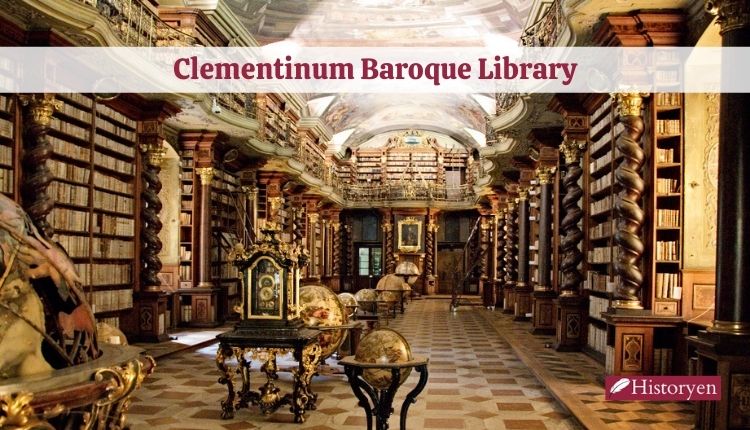The Duomo di Milano, located in the heart of Milan, Italy, is an architectural marvel that has stood the test of time. This magnificent Gothic cathedral is not only a religious symbol but also a testament to the creativity and skill of the artisans who brought it to life. With its rich history, stunning architectural features, and deep cultural significance, the Duomo di Milano continues to captivate visitors from around the world.
Introduction
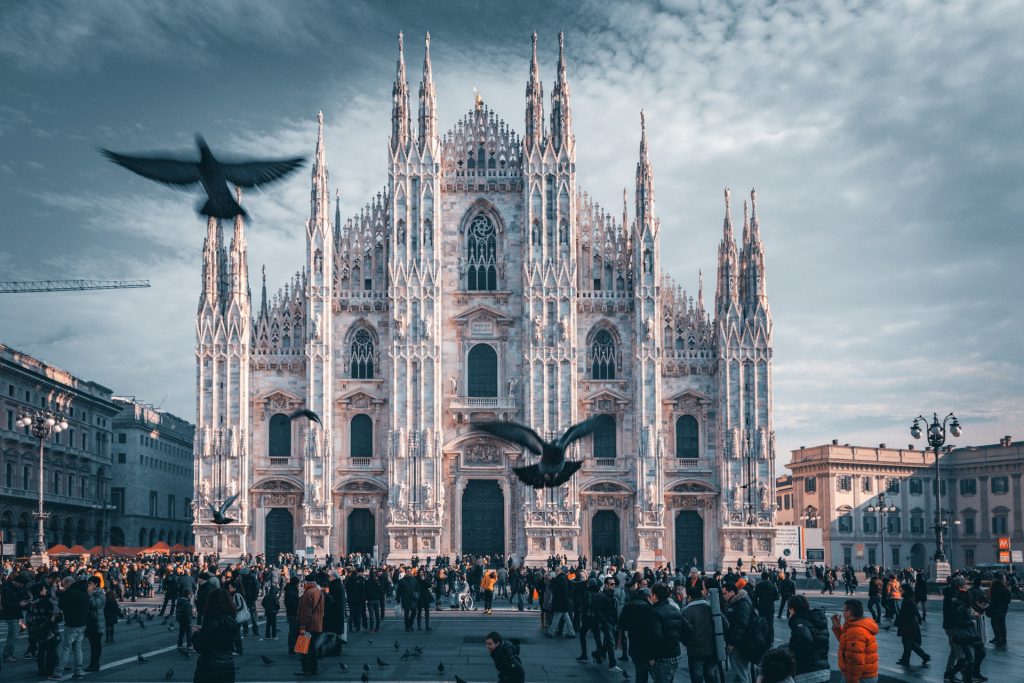
Milan’s Duomo, officially known as the Metropolitan Cathedral-Basilica of the Nativity of Saint Mary, is a breathtaking structure that dominates the city’s skyline. Its construction began in 1386 and took several centuries to complete, resulting in a blend of architectural styles. Today, it stands as one of the largest cathedrals in the world and an iconic symbol of Milan.
History of the Duomo di Milano

The history of the building spans over six centuries, beginning with its construction in 1386. The initial plans were conceived by Archbishop Antonio da Saluzzo, who envisioned a grand cathedral that would serve as a testament to the power and influence of Milan. However, the construction faced numerous challenges and setbacks, including financial constraints, wars, and changes in architectural styles.
After Archbishop Antonio da Saluzzo’s death, other architects took charge of the project, each leaving their mark on the cathedral’s design. Notably, the renowned architect Filippo Brunelleschi, known for his work on the Florence Cathedral, contributed to the construction of the building in the early 15th century. His involvement brought elements of the Renaissance style to the Gothic structure.
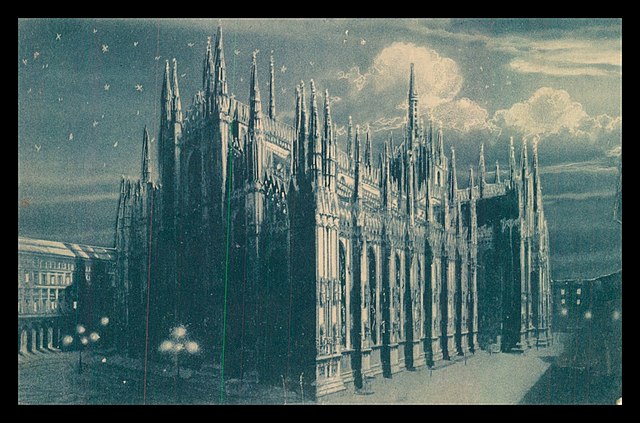
Over the years, different architects continued to shape the cathedral’s architecture, resulting in a unique blend of styles. Notable features, such as the impressive spires and intricate decorations on the facade, were added during the 19th century. The final touches were completed in 1965, when the last gate was installed.
Throughout its history, the building has witnessed significant events. It served as a venue for coronations, weddings, and important religious ceremonies. The cathedral also endured damage during World War II, requiring extensive restoration work in the following years.
In recent times, the preservation and maintenance of the Duomo di Milano have become priorities. Restoration projects have been undertaken to ensure the cathedral’s structural integrity and to preserve its historical and artistic value. Skilled artisans and craftsmen meticulously work on the ongoing preservation efforts, ensuring that the Duomo di Milano continues to inspire awe and admiration for generations to come.
Today, the building stands as a symbol of Milan’s rich history and architectural prowess. It is a testament to the dedication, creativity, and perseverance of the artisans and architects who contributed to its construction. The cathedral’s long and intricate history adds to its allure, making it a must-visit destination for tourists and a cherished icon for the people of Milan.
Architectural Features of the Duomo di Milano

Exterior Design of the Duomo di Milano
The exterior of the Duomo di Milano is a true masterpiece. Its facade showcases an intricate display of statues, spires, and ornate details. The central spire, adorned with a golden statue of the Virgin Mary, stands tall, offering a glimpse into the heavens. The entire facade is a testament to Gothic architecture, with its pointed arches, pinnacles, and meticulously carved reliefs.
Interior Design of the Duomo di Milano
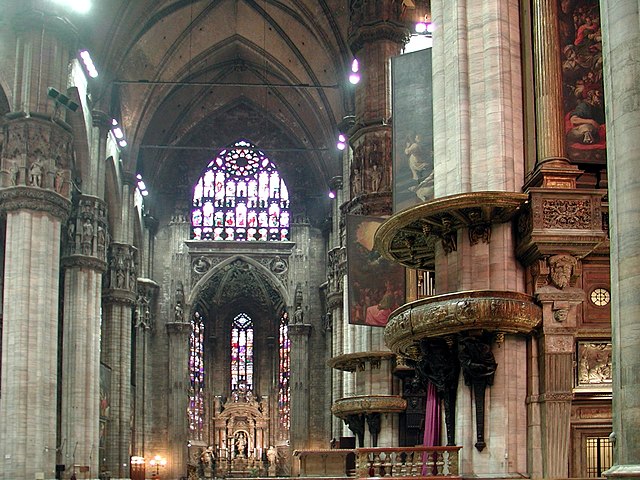
Stepping inside the Duomo di Milano reveals a world of awe-inspiring beauty. The interior boasts soaring vaulted ceilings, adorned with magnificent frescoes and stained glass windows. The grandeur of the cathedral is enhanced by the play of light that filters through the colorful windows, creating a mesmerizing ambiance. The intricate marble work, sculptures, and intricate details throughout the interior further add to its charm.
Symbolism and Significance

Religious Significance
As a place of worship, the Duomo di Milano holds immense religious significance. It serves as the seat of the Archbishop of Milan and is dedicated to the Nativity of Saint Mary. The cathedral’s interior houses numerous chapels, each adorned with religious art and relics, providing a place for prayer, reflection, and spiritual solace.
Cultural Significance
Beyond its religious importance, the Duomo di Milano holds a significant place in Italian culture. It represents the skill and craftsmanship of generations of artists and artisans who contributed to its creation. The cathedral has witnessed historic events and played a role in the lives of countless Milanese people, making it an enduring symbol of the city’s heritage.
Construction and Restoration

The construction of the Duomo di Milano spanned several centuries and faced numerous challenges. Its complex design and intricate details required the expertise of skilled craftsmen. Over the years, the cathedral has also undergone several restoration projects to preserve its beauty and structural integrity, ensuring that future generations can continue to marvel at its splendor.
Visiting the Duomo di Milano
Visiting the building is a must for anyone exploring Milan. Here are some tips and highlights for a memorable visit:
Tips for Visitors
- Avoiding crowds: Visit early in the morning or during weekdays to avoid heavy crowds.
- Dress code: Respect the religious nature of the cathedral by dressing modestly.
- Ticket options: Consider purchasing skip-the-line tickets to save time and have a hassle-free experience.
Attractions and Highlights
- The Rooftop: Climb to the rooftop of the Duomo for panoramic views of Milan and an up-close look at the intricate spires and statues.
- The Treasury: Explore the cathedral’s Treasury, which houses a collection of religious artifacts, precious relics, and historical objects.
- Archaeological Area: Discover the archaeological remains beneath the cathedral, where you can explore ancient ruins and learn about the cathedral’s origins.
Duomo di Milano: A Landmark of Milan
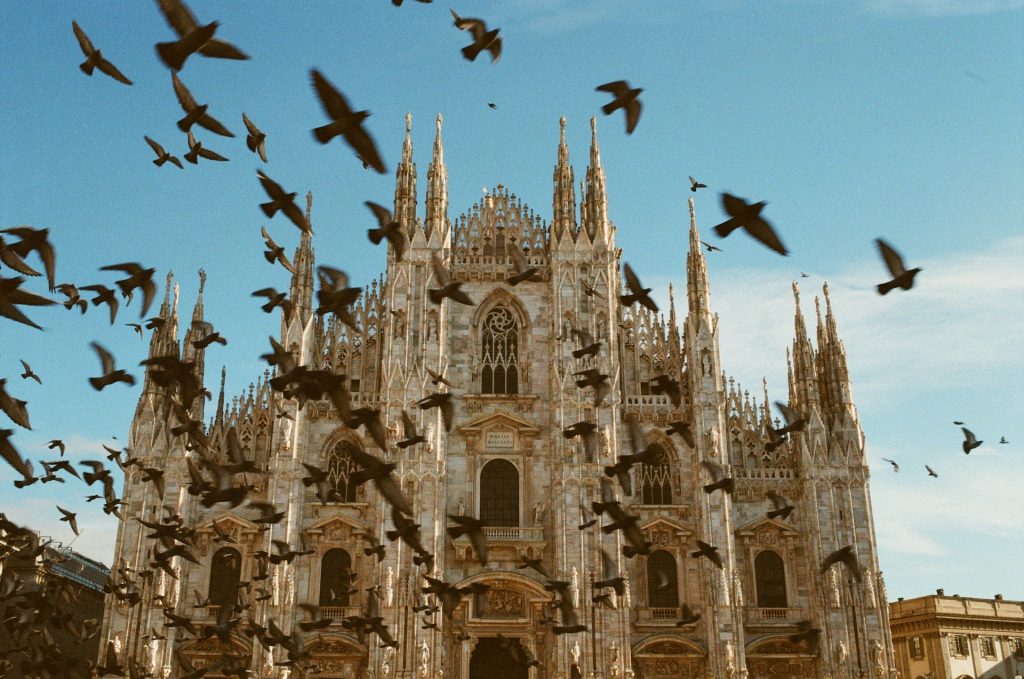
Impact on Tourism
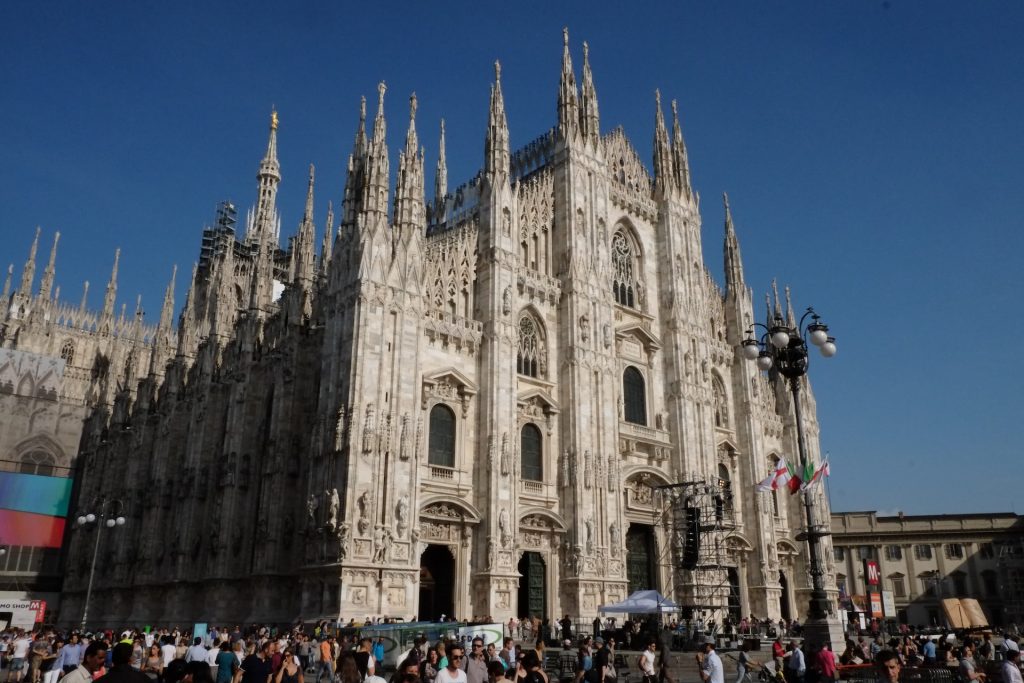
The Duomo di Milano is a major draw for tourists visiting Milan. Its architectural grandeur, historical significance, and religious importance attract millions of visitors each year. The cathedral’s presence has contributed significantly to the tourism industry in Milan, generating revenue and boosting the local economy.
Iconic Status
The Duomo di Milano has achieved an iconic status, not just within Italy but globally as well. Its distinctive silhouette, ornate details, and rich history have made it a recognizable symbol of Milan. Countless photographs, paintings, and works of art have been inspired by its beauty, solidifying its place in the collective imagination.
Conclusion
The Duomo di Milano stands as a testament to human creativity, skill, and devotion. Its awe-inspiring architecture, rich history, and cultural significance continue to captivate visitors and locals alike. A visit to this magnificent Gothic masterpiece offers a profound experience, allowing one to appreciate the artistry of the past and connect with the spiritual essence of the present.
